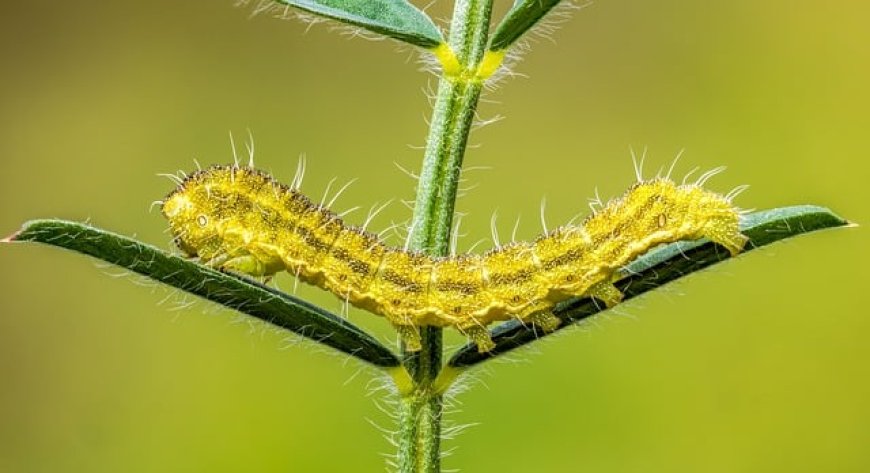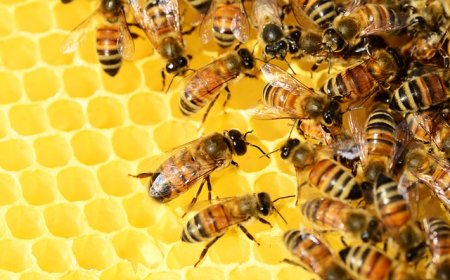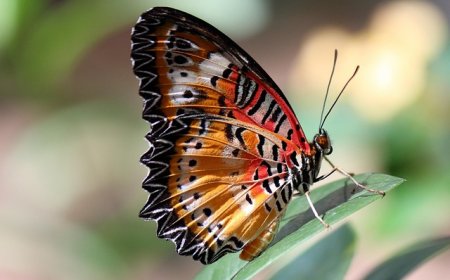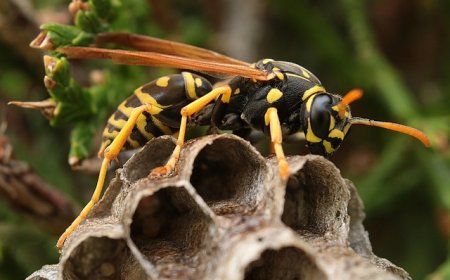List of insects by habitat
list of insects by habitat, showing how different types of insects have adapted to life in forests, deserts, freshwater environments, and more

🌳 1. Forest Insects
Forests offer a wide range of food and shelter, so many insects thrive here—on trees, in the soil, and under leaves.
Common Forest Insects:
- Leafcutter Ant (Atta spp.) – Tropical forests; farms fungus with cut leaves.
- Stag Beetle (Lucanus spp.) – Found in deciduous woodlands; large mandibles.
- Bark Beetle (Scolytinae) – Lives under bark; can damage trees.
- Atlas Moth (Attacus atlas) – Lives in tropical forests of Asia.
- Stick Insect (Phasmatodea spp.) – Perfectly camouflaged among twigs and leaves.
- Peacock Butterfly (Aglais io) – Hibernates in forest shelters during winter.
🏜️ 2. Desert Insects
Desert insects are adapted to survive extreme heat and dryness. Many are nocturnal and excellent at conserving water.
Common Desert Insects:
- Darkling Beetle (Tenebrionidae) – Found in hot deserts like the Sahara and Sonoran.
- Saharan Silver Ant (Cataglyphis bombycina) – Fastest ant; survives in extreme heat.
- Desert Locust (Schistocerca gregaria) – Swarms form after rains in desert areas.
- Velvet Ant (Mutillidae) – Furry, wingless wasp with a painful sting.
- Palo Verde Root Borer (Derobrachus hovorei) – Giant beetle found in U.S. deserts.
💧 3. Freshwater Insects
These insects either live in water or rely on it during some part of their life cycle (e.g., as larvae).
Common Freshwater Insects:
- Water Strider (Gerridae) – Skims across the surface using water tension.
- Diving Beetle (Dytiscidae) – Fast swimmers that hunt other insects underwater.
- Caddisfly (Trichoptera) – Larvae build protective cases from sand and plant bits.
- Mosquito (Anopheles, Culex) – Lays eggs in still water.
- Mayfly (Ephemeroptera) – Larvae live in clean rivers; adults live only 1–2 days.
- Dragonfly (Anisoptera) – Aquatic larvae (nymphs) are fierce underwater hunters.
🐝 4. Grassland and Savanna Insects
These habitats are home to a variety of fast-moving, sun-loving insects that often rely on flowers or other insects for food.
Common Grassland/Savanna Insects:
- Monarch Butterfly (Danaus plexippus) – Migrates across North American prairies.
- Bumblebee (Bombus spp.) – Pollinates wildflowers and crops.
- Digger Wasp (Sphecidae) – Buries prey in soil nests.
- Katydid (Tettigoniidae) – Camouflaged among grasses.
- Grasshopper (Caelifera) – Common in meadows and fields.
- Tsetse Fly (Glossina spp.) – Lives in African savannas; transmits disease.
🌾 5. Agricultural and Urban Insects
These insects thrive in human environments, including gardens, farms, and cities.
Common Agricultural & Urban Insects:
- Honeybee (Apis mellifera) – Pollinates crops; raised in hives.
- Housefly (Musca domestica) – Found near food and waste; spreads bacteria.
- Corn Earworm Moth (Helicoverpa zea) – A major crop pest.
- Aphid (Aphidoidea) – Sucks plant sap; often found on crops and flowers.
- Ladybug (Coccinellidae) – Helpful garden predator; eats aphids.
- German Cockroach (Blattella germanica) – Urban pest in homes and buildings.
❄️ 6. Cold and Mountain Insects
These insects are specially adapted to survive in cold climates or high altitudes.
Cold Climate Insects:
- Snow Flea (Hypogastrura nivicola) – Not a true flea; active on snow during winter.
- Mountain Butterfly (Parnassius spp.) – Lives in alpine meadows and mountains.
- Arctic Woolly Bear Moth (Gynaephora groenlandica) – Larva can survive freezing temperatures.
- Glacier Stonefly (Zapada spp.) – Lives near icy streams; sensitive to climate change.
🌲 7. Rainforest Insects
Rainforests have the highest insect diversity in the world due to their warm, wet climate.
Common Rainforest Insects:
- Blue Morpho Butterfly (Morpho menelaus) – Iridescent wings; found in Amazon.
- Bullet Ant (Paraponera clavata) – Infamous for its extremely painful sting.
- Leafcutter Ant (Atta spp.) – Farms fungus inside rainforest colonies.
- Lanternfly (Fulgora laternaria) – Bright colors and unusual head shape.
- Harlequin Beetle (Acrocinus longimanus) – Bright patterns and long forelegs.




















































